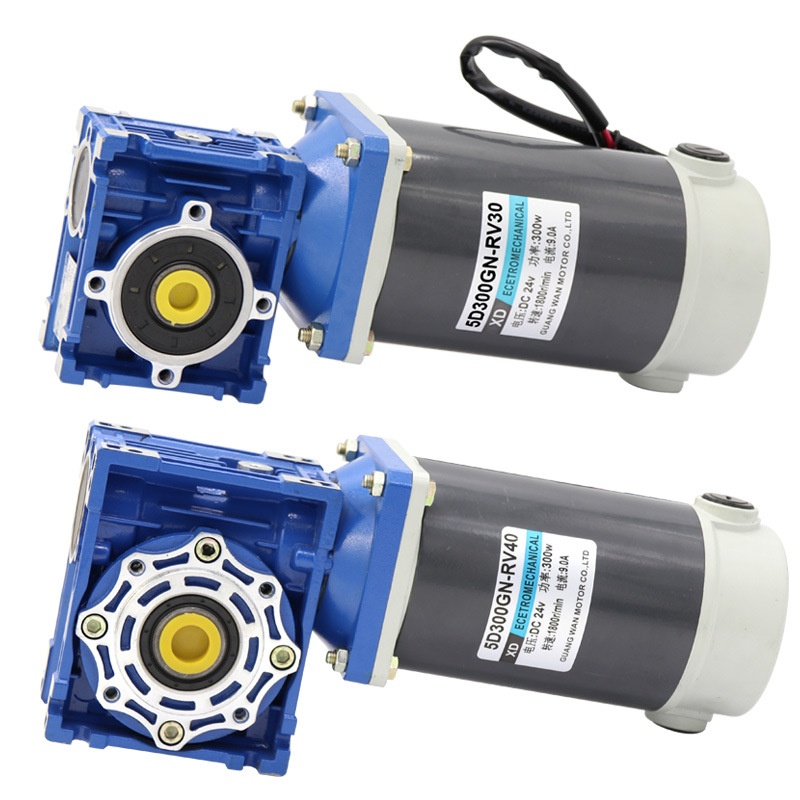Excitation methods and common classifications of micro DC reduction motors
MICRO MOTOR
The micro DC reduction motor is a motor that can operate by inputting DC voltage. The micro reduction motor can drive a larger load through multi-stage gear meshing. It is composed of three parts: the stator, the rotor and the gear reducer. When the micro reduction motor is running The stationary part is the stator. Its main function is to generate a magnetic field. It is composed of a casing, an end cover, a permanent magnet, a brush, etc. The rotating part during operation is the rotor, which is mainly composed of a rotating shaft, a winding, a commutator, etc., and a gear. There are many types of reducers, and they can be assembled and connected with micro motors to reduce the output speed and increase the output torque. Below, Xinda Motor briefly introduces the excitation methods and common classifications of micro reduction motors.
The excitation modes of micro-reduced motors can be roughly divided into: separate excitation, shunt excitation, series excitation, and compound excitation. The performance of different excitation modes is different.
-
Separately excited miniature geared motor: The field winding and armature winding have no direct relationship. A miniature DC geared motor that is powered by other DC power sources to the field winding is a separately excited DC motor. A permanent magnet DC motor can also be regarded as a separately excited DC motor.
-
Shunt-excited micro-reduction motor: The field winding and armature winding of the DC motor are connected in parallel. The excitation winding and the armature share the same power supply. In terms of performance, it is the same as the separately-excited micro-DC reduction motor.
-
Series micro reduction motor: After the excitation winding and armature winding of the series micro DC reduction motor are connected in series, and then the DC power supply is supplied, this is a series micro DC reduction motor.
-
Compound-excited micro DC motor: The compound-excited micro DC reduction motor has two excitation windings, shunt and series. The magnetomotive force generated by the series winding and the magnetomotive force generated by the shunt winding are in the same direction, which is called product compound excitation. If the two excitation windings are If the two magnetomotive forces have opposite directions, it is called differential compound excitation.

Micro DC reduction motors can be simply divided into brush motors and brushless reduction motors. The structures of the two motors are basically the same. They differ in commutation and control methods. The cost of brushless DC reduction motors is much higher.
Brushed miniature reduction motors can be divided into permanent magnet DC motors, such as rare earth permanent magnet DC motors, ferrite permanent magnet DC motors and alnico permanent magnet DC motors, etc., electromagnetic DC motors, such as series DC motors, shunt DC motors, etc. Electric motors, separately excited DC motors and compound excited DC motors.
According to different power supply methods, brushless DC motors can be divided into: square wave brushless DC motors, whose back electromotive force waveform and supply current waveform are both rectangular waves, also known as rectangular wave permanent magnet synchronous motors; sine wave brushless DC motors For an electric motor, its back electromotive force waveform and supply current waveform are both sine waves.
The above are the excitation methods and classifications of micro DC reduction motors. For more information about micro DC motors, please continue to pay attention to Xinda Motor.



























 XINDA
XINDA